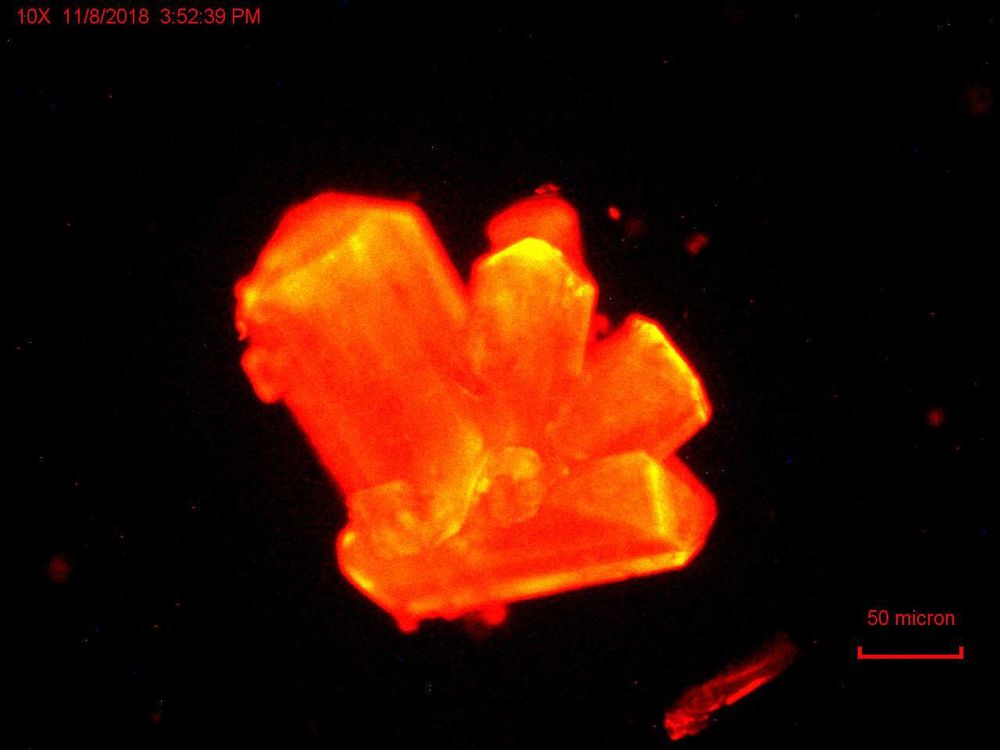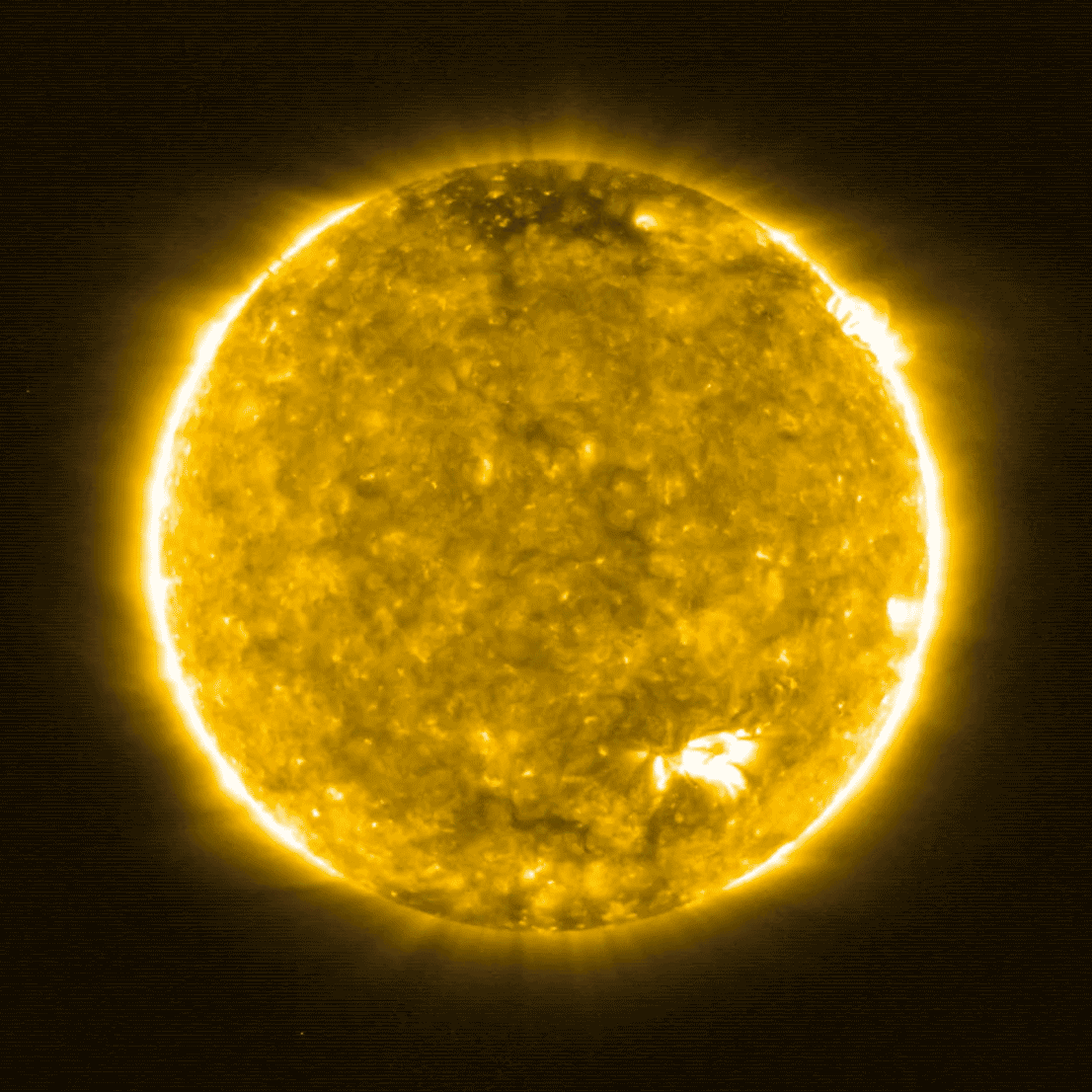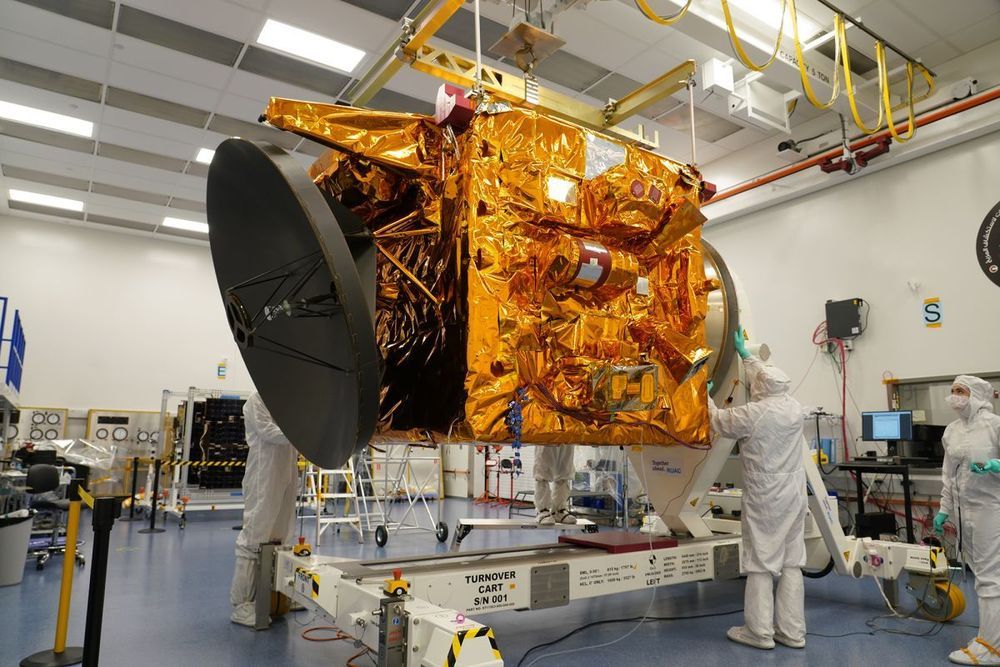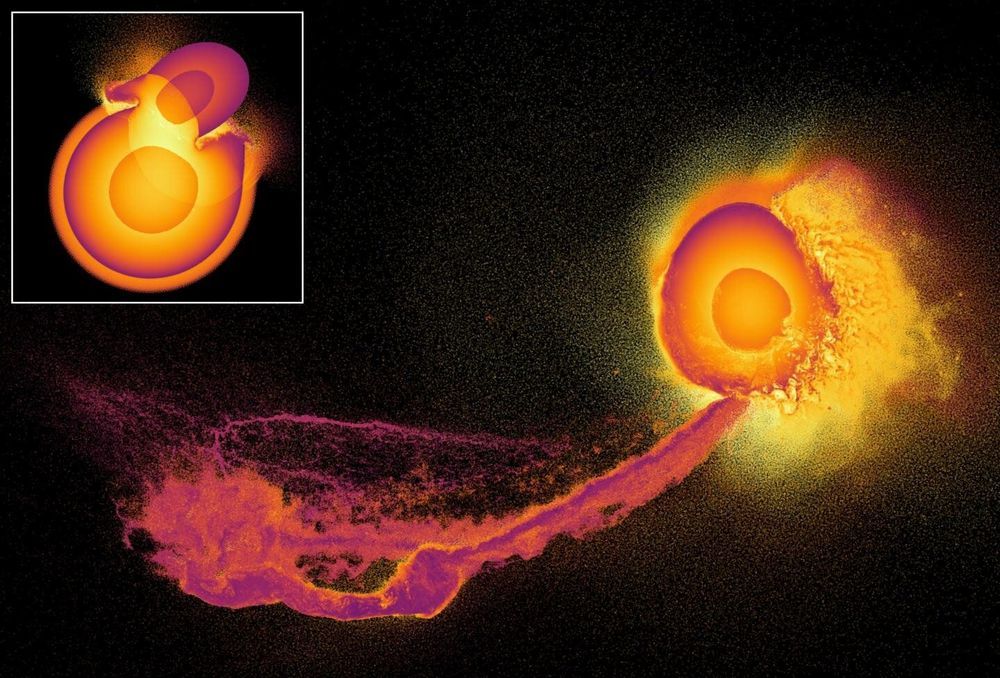New research shows that one of the heaviest known elements can be manipulated to a greater degree than previously thought, potentially paving the way for new strategies to recycle nuclear fuel and better long-term storage of radioactive elements.
An international team of researchers has demonstrated how curium—element 96 in the periodic table and one of the last that can be seen with the naked eye—responds to the application of high pressure created by squeezing a sample between two diamonds.
Led by Florida State University Professor Thomas Albrecht-Schmitt and collaborators at the University at Buffalo and Aachen University, the team found that the behavior of curium’s outer electrons—which influence its ability to bond with other elements—can be altered by shortening the distance between it and surrounding lighter atoms. The findings are published in the journal Nature.








